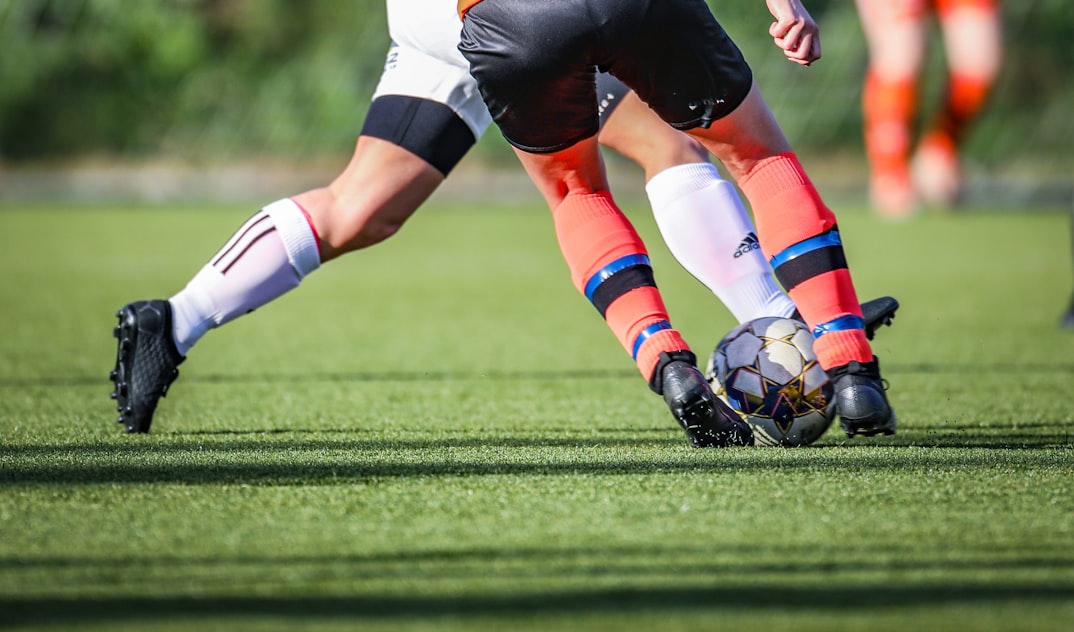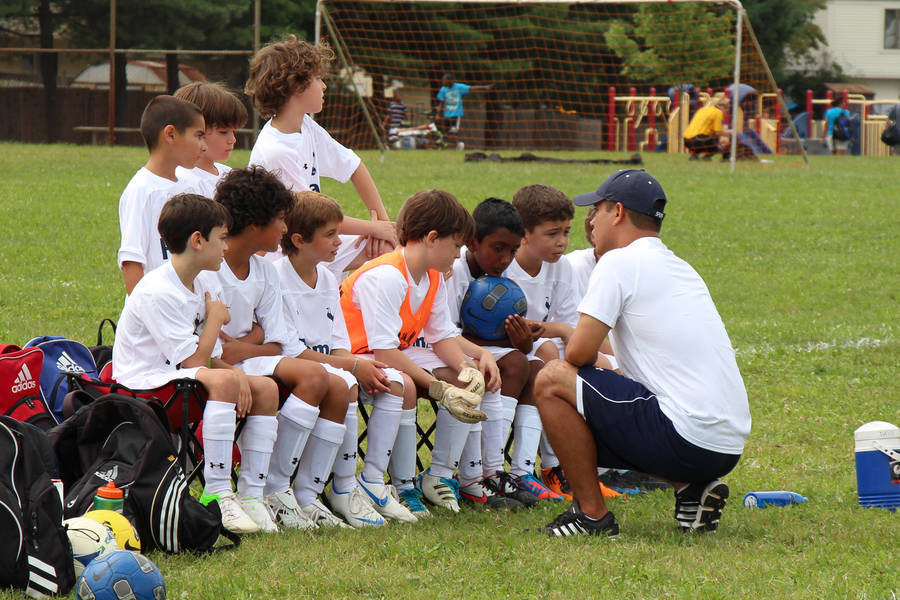Television panels often toss around terms like probability and risk during score debates. At first glance, these ideas seem hard, yet they guide nearly every forecast. Probability tells how likely an event might occur, while risk shows what could be lost if wrong. Used together, they help people weigh choices with a calm, steady mind. Casino readers seeking deeper insight, here is the guide you need with honest comparisons of top-rated casinos. Fans who enjoy lively group chats can explore r/WiseCryptoGambler for new angles that blend numbers with real outcomes. By studying both resources and the basics below, readers will see how simple math turns noise into clear signals. Soon, picking a winner, setting limits, or passing on a shaky wager feels less like a guess and more like a measured choice made with care.
What Probability Really Means
In sports, probability is a plain way to say how likely something is. Analysts mark it on a scale from zero to one hundred percent, with fifty showing even odds. A coin toss gives a friendly example since heads appears half the time. Games bring far more moving parts than coins. Weather, injuries, travel strain, coaching plans, and crowd noise shift the figures. To manage those swings, statisticians gather past results and apply basic formulas like frequency division: favorable outcomes divided by total outcomes. That simple rule produces one number that sums up many past plays. When an expert says a basketball team has a sixty-five percent chance, that single figure reflects the data. Listeners can compare it with betting lines or personal views and judge whether the claim fits the facts. Probability does not promise a result. It only states the long-run share of similar events that would end a certain way.
Risk Versus Reward: Finding the Sweet Spot
Risk often gets mixed with probability, yet the ideas focus on different things. Probability talks about chances, while risk concerns how much a wrong call might cost. Picture a small stake on an underdog football team. The chance of success may be low, yet the payout could be high. That means the risk stays contained because little money sits on the line, while the prize tempts bettors. Now, picture a large wager on a heavy favorite. The probability of success rises, yet the risk grows because failure would sting the wallet. Analysts weigh this balance with a simple tool called expected value. They multiply each possible outcome by its payoff, then add the results. A positive expected value signals a sound play; a negative one warns people to step back. By comparing expected values across choices, sports fans can find wagers that match their comfort and pass on those that threaten their plan. Over time, small edges matter more than big hunches.
Common Probability Models Used in Sports
Different games need different tools, yet three models appear again and again. The first is the Poisson distribution. It works well for soccer or hockey, where final totals usually run low. By estimating average goals for a team, the model forecasts the most likely number for the next match. The second is logistic regression. Here, statisticians gather many variables—shots on goal, turnovers, free throw rate—and train a program to weigh each one. The output gives a clean win percentage for the game at hand. The third model is the Elo rating, made famous by chess and widely used in basketball and esports. Elo shifts a team’s rating after every game based on the strength of the opponent and the result. Over time, ratings settle on a scale that tends to mirror real skill. Analysts often blend these methods, compare their outputs, and favor the one that best matches recent outcomes. No single model fits all cases, so testing remains part of careful work.
Practical Tips for Safer Sports Analysis
Numbers alone cannot shield fans from hard losses. People also need steady habits that guide actions. Use this simple checklist during every session to stay grounded: set a budget before any wager and keep to it; run a break-even test and bet only when expected value is positive; record wins and losses to reveal hidden patterns; compare at least two probability models instead of trusting one; avoid chasing losses since another slate arrives tomorrow. When people follow those steps, they slow the rush of impulse and give facts time to speak. Another helpful habit is adding a margin of error to every forecast. If a model gives a team a sixty percent chance, cautious analysts may treat it as fifty-five percent. That small trim leaves space for noise and bad bounces. Remember that luck, officiating, and weather can flip a result at any moment. By planning for the unexpected, sports fans protect their bankroll and enjoy the game with less stress. With discipline, good data, and respect for odds, anyone can turn guessing into an informed hobby.


















